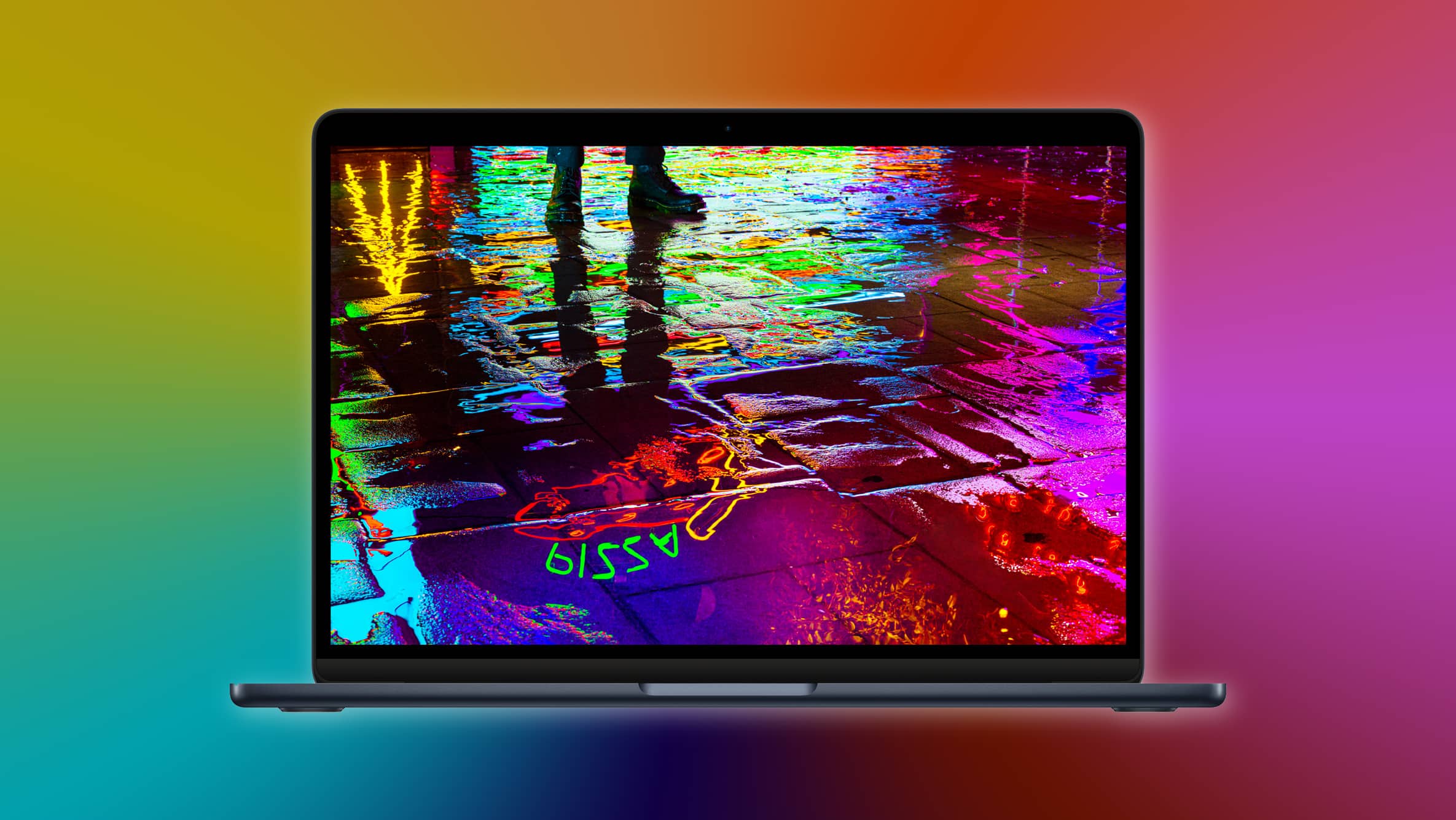A display analyst has reiterated that Apple is working on a new MacBook Air model with an OLED-based display panel and OLED-based iPads that will arrive in 2024.

- What’s happening? Apple seems to be ordering new OLED panels in sizes that suggest that the 13-inch MacBook Air and both the 11-inch and 12.9-inch iPad Pro will switch from LCD display panels to OLED ones in 2024.
- Why care? Because OLED powers premium display experiences.
- What to do? Been waiting for a major display upgrade before buying another Apple product? Now you have a frame of reference for making buying decisions.
OLED MacBook Air and iPad Pro coming in 2024?
Display Supply Chain Consultants CEO, Ross Young, wrote on Twitter that Apple will unveil three new devices in 2024 with OLED instead of LCD. He believes that the 13-inch MacBook Air will new the first Mac model to make a jump from LCD to OLED. The 11-inch and 12.9-inch iPad Pros should also adopt OLED in 2024.
The analyst said earlier that Apple is in discussions with Samsung and LG Display to manufacture OLED screens with a double-stack tandem structure that would apply a pair of red, green and blue emission layers, one on top of the other.
Doing so would effectively double the panel’s lifespan, which is a good thing, but also double luminance, too, making the screen much brighter in key situations.
Apple’s current OLED-equipped devices only have a single-layer design. Young also said before that OLED Macs and iPads would support Apple’s ProMotion technology with a dynamic refresh rate of up to 120 Hz.
ProMotion is currently found on 2017 and later iPad Pro models (24Hz-120Hz) and the 14-inch and 16-inch MacBook Pro (24Hz-120Hz) and the iPhone 13 and iPhone 14 families (10Hz-120Hz).
Apple products with OLED-based displays
Many Apple products still use LCD technology though the company is undergoing a multi-year effort to switch them all to OLED. That’s why we’re in this weird situation where some Apple gadgets use OLEDs but others still suffering from LCD drawbacks (low resolutions and refresh rates, gray blacks, low brightness and contrast).
The Apple Watch files as the first Apple product to incorporate OLED technology. All Apple Watch models to date feature OLED-based displays.
On the phone side, all iPhones from 2017’s iPhone X onward (except iPhone 8, iPhone 11 and iPhone XR) use OLED panels that provide superior contrast and brightness whilst producing true, deep blacks. No other Apple product currently has OLEDs. All iPads are still LCD-based, as are all Mac notebooks and desktops.
Standalone Apple monitors—Pro Display XDR and Studio Display—are also based on LCD technology. Like with the iPad Pro family, these external displays feature mini-LED backlighting technology that provides some of the benefits of OLED, like high contrast and brightness, at the expense of the unwanted blooming effect.